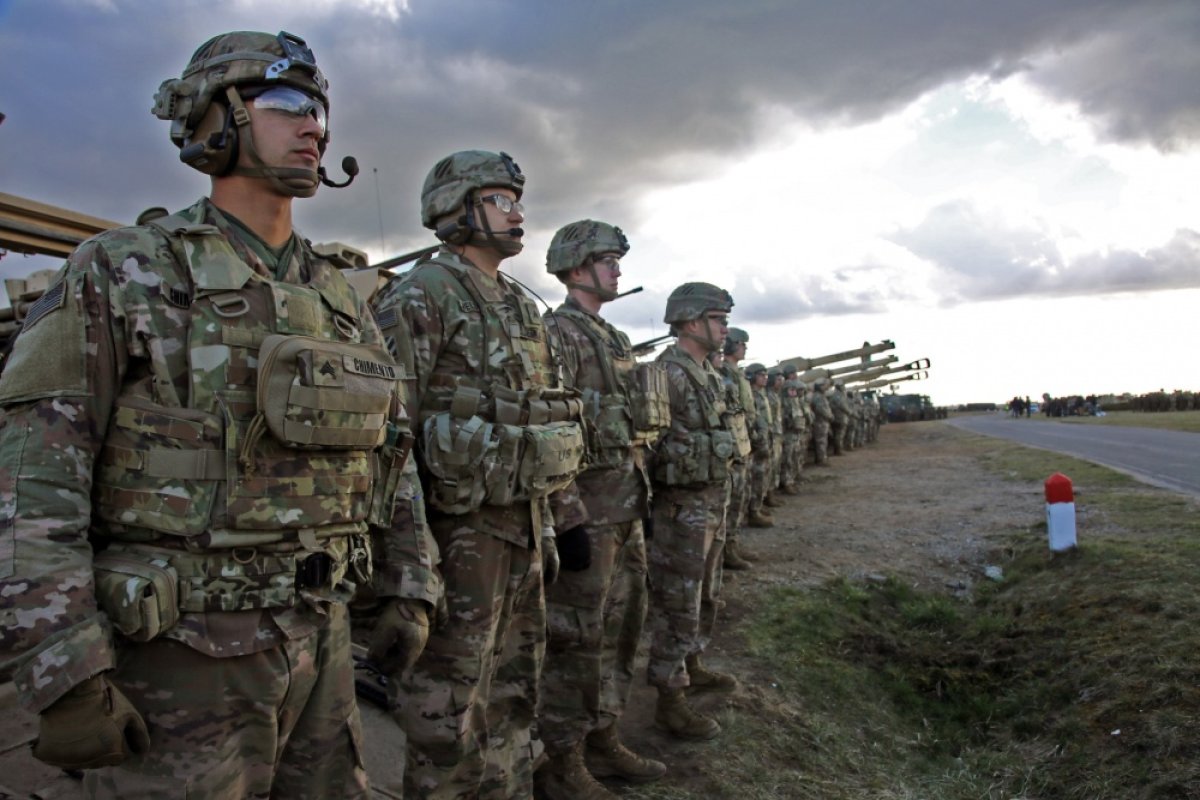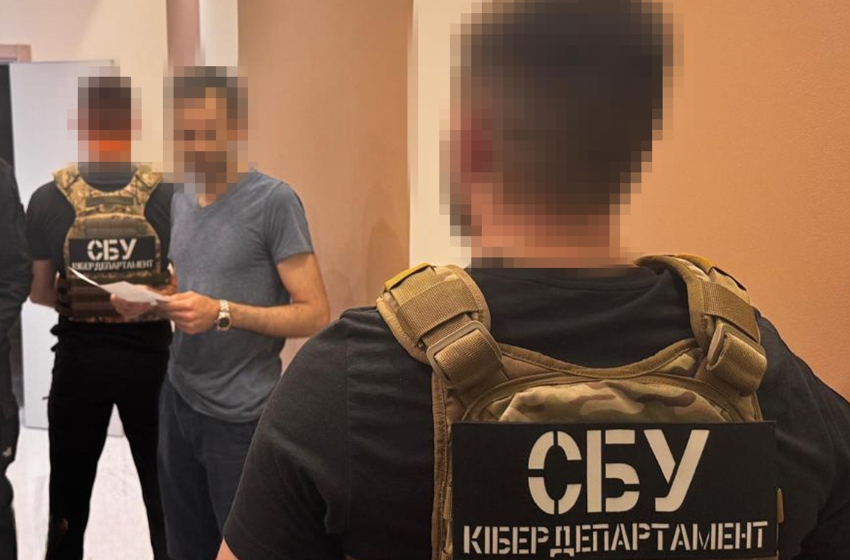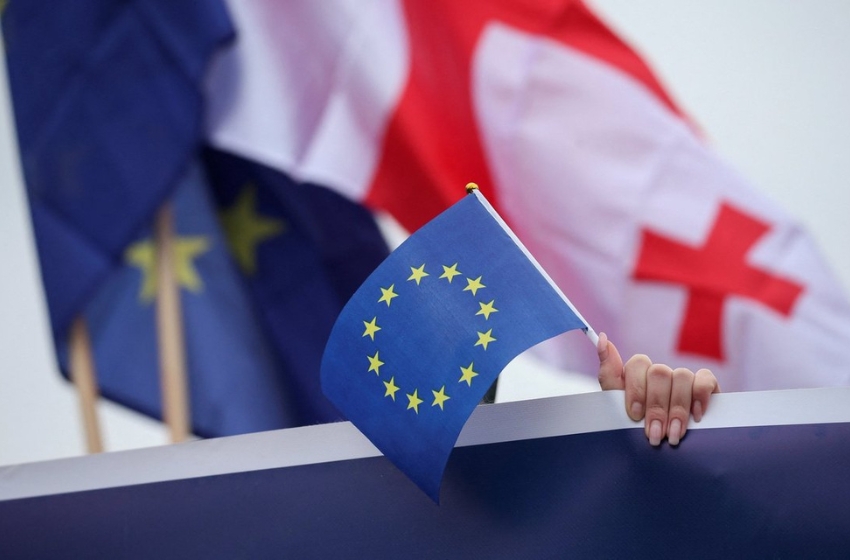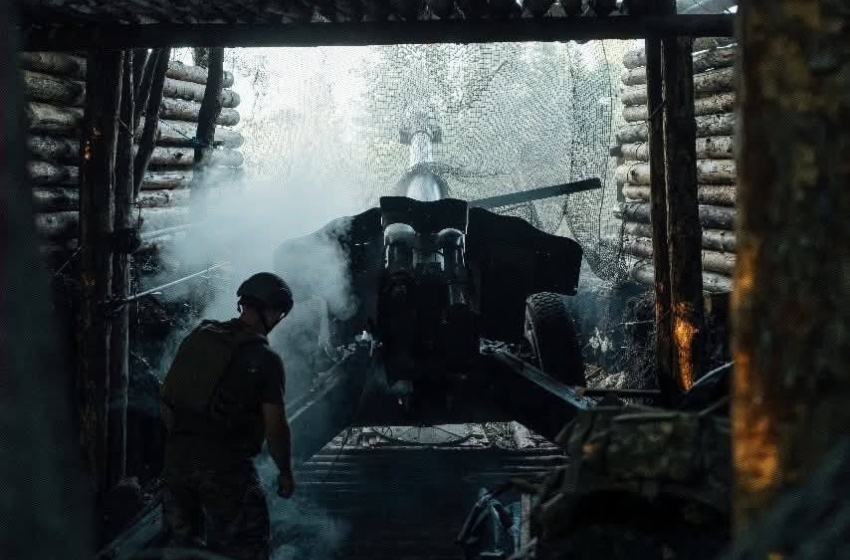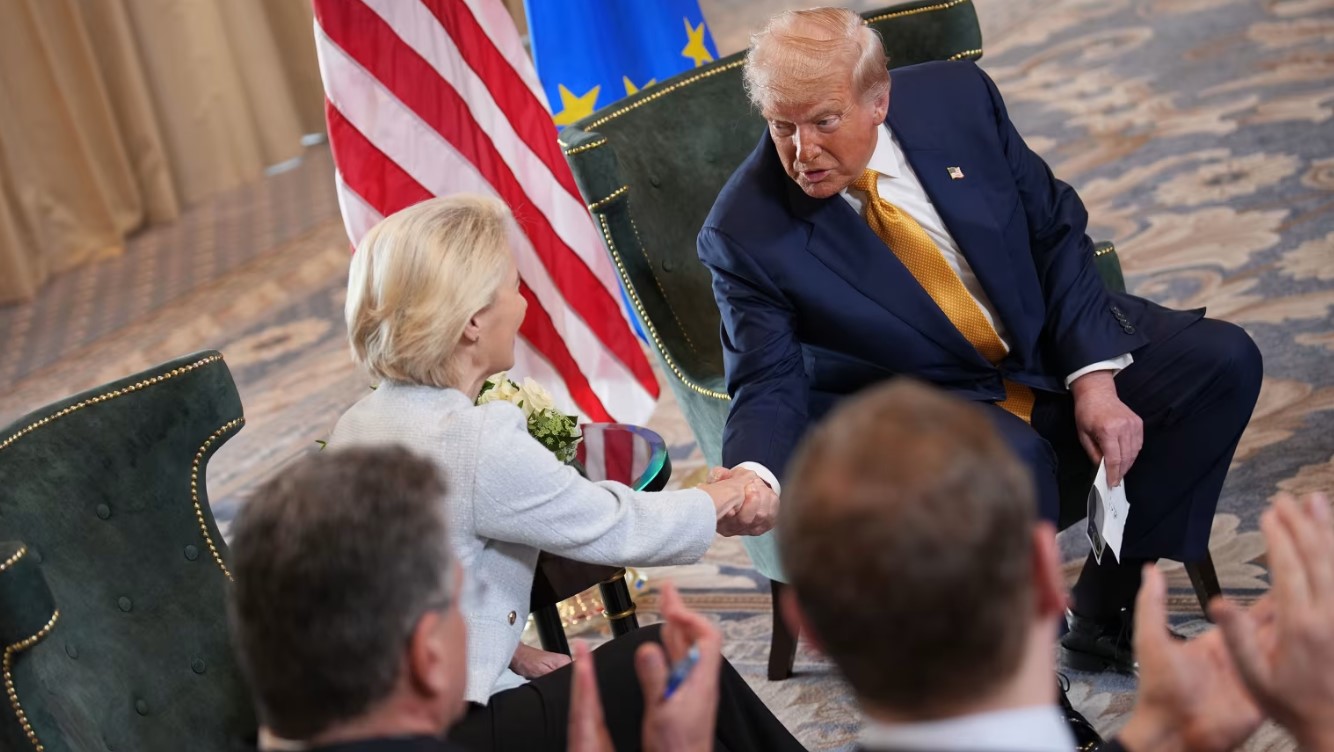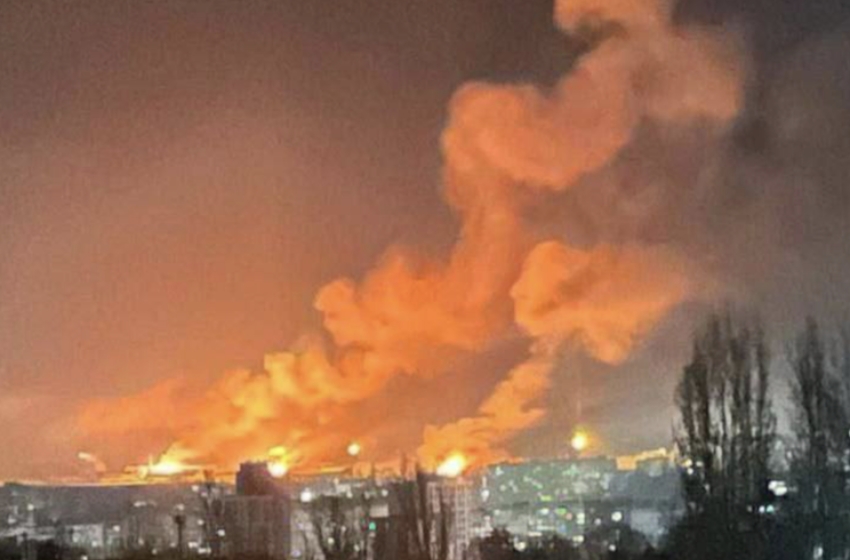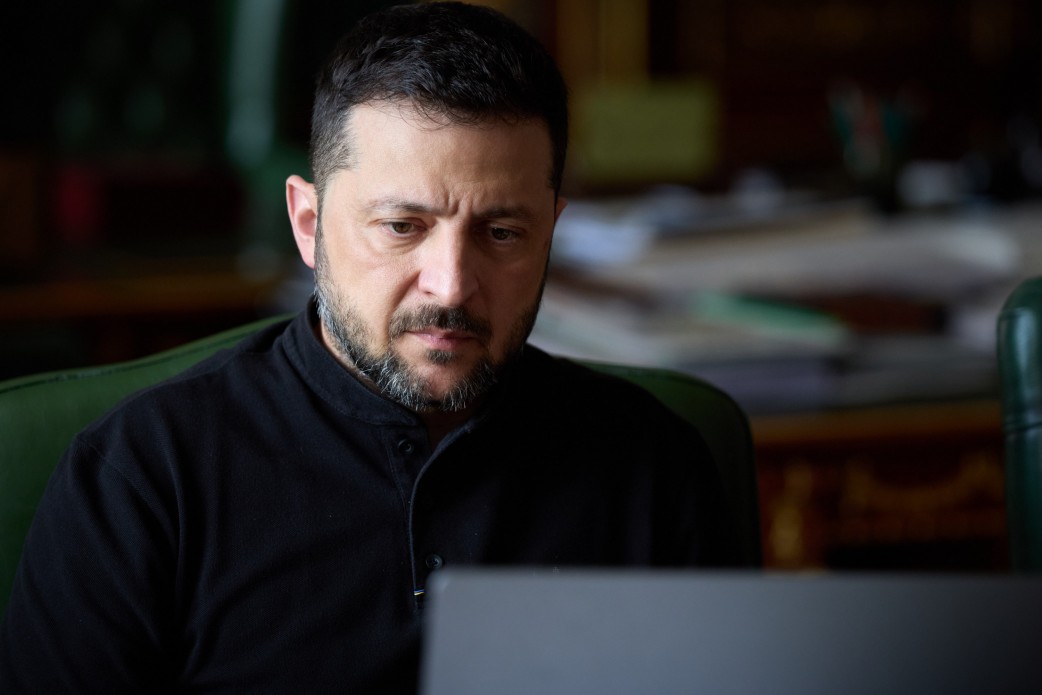Russia is conducting an information operation to misrepresent NATO’s defensive "Steadfast Defender 2024" exercises – a response to Russia’s aggression against Ukraine and Russian threats directed towards NATO members - as provocative.
NATO’s Steadfast Defender 2024 exercises begin this week and will continue through May 2024. NATO Supreme Allied Commander Europe General Chris Cavoli stated on January 18 that 90,000 personnel from all 31 NATO member states and Sweden will participate in "Steadfast Defender."
The exercises will reportedly include over 50 ships; over 80 fighter jets, helicopters, and drones; and at least 1,100 combat vehicles, including 133 tanks and 533 infantry fighting vehicles.
Cavoli stated that NATO ”will demonstrate its ability to reinforce the Euro-Atlantic area via trans-Atlantic movement of forces from North America...during a simulated emerging conflict scenario against a near-peer adversary.”
Chair of the NATO Military Committee Admiral Rob Bauer stated on January 18 that NATO must prepare for a conflict with Russia as NATO cannot take peace as ”a given” and must ”expect the unexpected.”
German Defense Minister Boris Pistorius stated on January 19 that Germany must consider that Putin may try to attack a NATO member in five to eight years, given threats from the Kremlin ”almost every day.”
The Russian Ministry of Foreign Affairs (MFA) responded to the initial announcement of the Steadfast Defender exercises in September 2023 and misleadingly claimed that NATO exercises have been increasingly provocative and aggressive in nature.
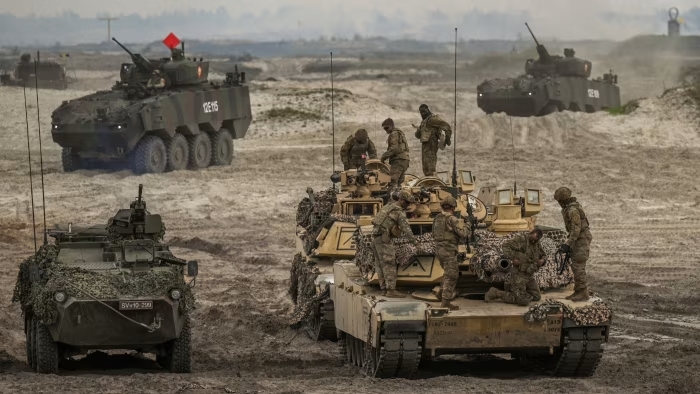
The Russian MFA claimed that NATO is continuing a ”demonstration of force” on Russia’s ”doorstep.” The Russian MFA claimed that Russia had regularly proposed de-escalation initiatives to NATO, called for NATO to abandon its provocative actions, and transferred Russian military exercises to the country’s interior. Russian sources claimed that NATO is using exercises to “wind up“ and incite the Baltic states to prepare for war with Russia and characterized such exercises as a "series of provocations."
Yulia Zhdanova, a member of the Russian delegation at the Organization for Security and Cooperation in Europe (OSCE) 1066th plenary meeting, similarly claimed on January 17 that NATO exercises on the Russian and Belarusian borders ”provoke a game of nerves” and ”compress the spring of escalation even more.”
A prominent Kremlin-affiliated Russian milblogger dismissed Pistorius’ comments about a possible future Russian attack on NATO, claiming that European officials regularly make statements about the ”concept of the ’Russian threat’” and that few Germans actually agree with these statements.
The milblogger implied that the German government is attempting to artificially create a threat from Russia that doesn’t actually exist by paying experts to ”say the right words.”
The Russian information operation aimed at painting defensive NATO actions in response to real Russian aggression on NATO’s eastern flank as provocative seeks to deflect from recent aggressive Russian rhetoric and behavior towards NATO. Russian officials, including Russian President Vladimir Putin, recently threatened Finland and the wider NATO alliance.
Putin identified the West as Russia’s “enemy” and implied that Russia is fighting in Ukraine in order to defeat the West.
Kremlin officials and Kremlin-affiliated actors have also repeatedly attempted to set information conditions for future aggressive action against NATO member states and their neighbors.
Russian electronic warfare (EW) exercises in Kaliningrad may have caused unprecedently high levels of GPS jamming across northern and central Poland and the southern Baltic region on December 25-27, 2023 and January 10 and 16, 2024.
ISW continues to assess that Putin invaded Ukraine in 2022 not to defend Russia against a nonexistent threat from NATO but rather to weaken and ultimately destroy NATO – a goal he still pursues.









